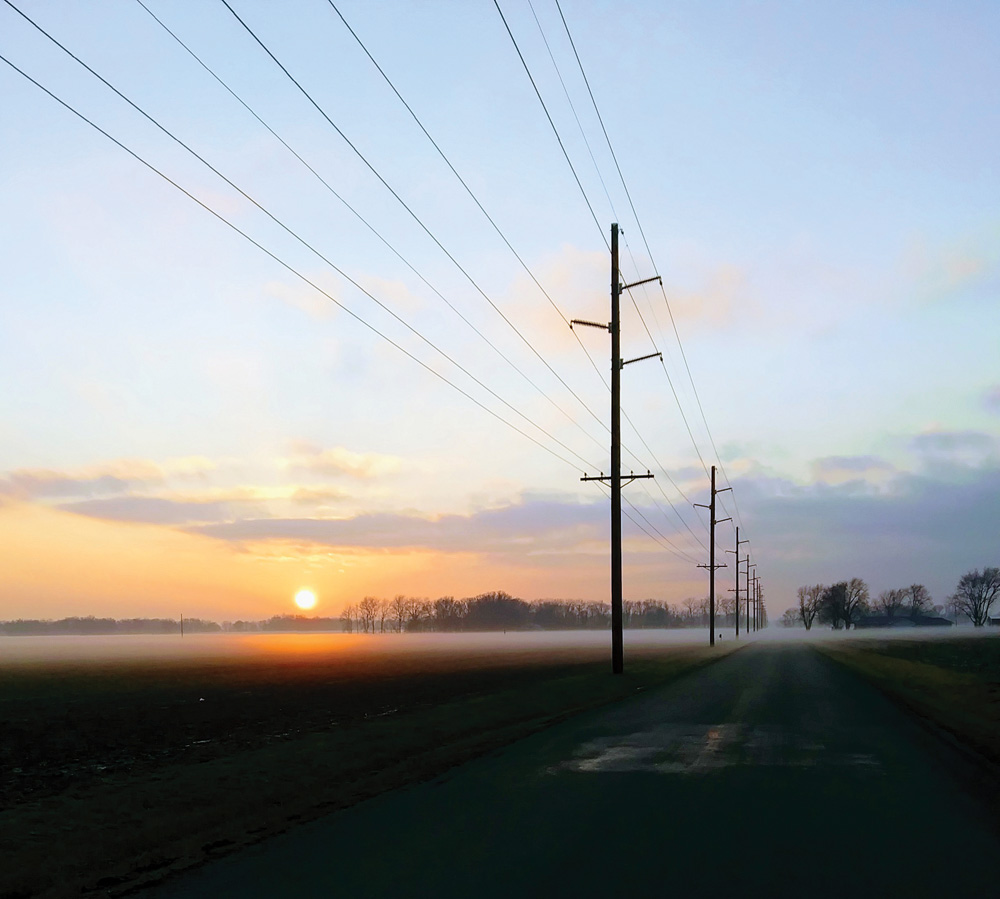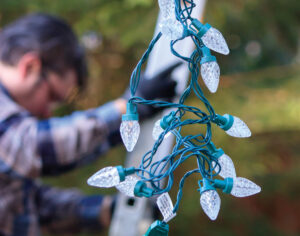Below-zero temperatures will be upon us soon and can cause pipes to freeze and burst, resulting in a huge mess and expensive repairs. One way to help prevent pipes from bursting is to use heat tape, a product that uses electricity to generate heat.
Although not adhesive, heat tape acts as a heating pad for exposed pipes. There are two installation methods. The first and less common method is when the tape is hardwired to a home’s electrical system and has its own breaker(s). In this case, the tape should be installed by a licensed contractor.
The second installation method uses heat tape that plugs directly into a GFCI (ground fault circuit interrupter) outlet. This type of tape typically allows you to control the temperature.
If considering installing heat tape, extra care should be taken.
- Due to its potential to overheat and cause a fire, only use for exposed pipes, such as those in your crawl space or outside your home.
- Select the right kind of tape for your pipes. If you use tape designed for PVC on metal pipes, it will not be as effective; if you use heat tape designed for metal on PVC pipes, it can melt them.
- Always purchase heat tape that is backed by a reputable testing lab, such as UL (Underwriter Laboratories), and do not use tape, cords or plugs that are damaged or worn.
- Unplug the heat tape in the spring.
Once you have the right tape for the job, installing it is straightforward, according to Hunker.com:
- Clean the pipe. Remove any insulation and brush off any dirt or cobwebs with a stiff brush. This is an important step because any dirt on the pipes could smolder or catch fire.
- Wrap the tape. Many brands are designed to simply wrap around the pipe, but some need to be attached using electrical tape. Follow the instructions provided on the packaging or insert. Avoid crossing/doubling the heat tape over itself when wrapping, as this can produce areas of excessively high heat.
- Insulate the pipe. Cover the pipe with foam insulation after you have wrapped the heat tape around it. This prevents heat from dissipating and saves energy. If pipes are outside or in a location that could get damp, use waterproof insulation.
- Leave enough slack at the end of the tape to reach a GFCI outlet without the need for an extension cord. If the tape is not long enough to cover the entire pipe, follow manufacturer’s directions. Sometimes the tape strands are designed to connect one to another, but make sure that is recommended before doing so. Some come in different lengths.
- Let the heat tape go to work for you. Once the tape is plugged in, the thermostat monitors the pipe temperature and turns on the heat when needed.
Heat tape is not a must for everyone, but if you have had an issue with exposed pipes freezing in the past, it might be worth considering.
Since heat tape involves plugging in something in an area that could become wet, never step into a flooded or damp area that could have an electrical current running through it. Always use caution with heat tape since it runs on electricity. While installing the specialized covering may help prevent freezing pipes, always follow the instructions provided for installation and use.
For more information about staying safe around electricity, visit SafeElectricity.org.









